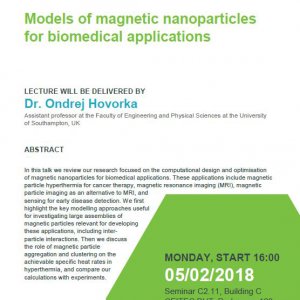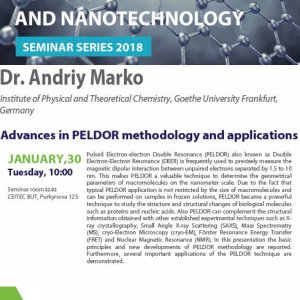Computer simulations can describe behavior of molecular systems with unprecedented resolution and thus enables us to study chemical and biochemical processes in details that are not achievable by experimental techniques. Combination of quantum chemical (QM) and molecular mechanics (MM) description of systems provide comprehensive information about studied systems and problems that would not be reachable by individual approaches using independently. We use hybrid QM/MM approach to study reaction mechanism of endonucleases and glycosyltransferases.
QM/MM methods to study reaction mechanism of glycosyltransferases
Glycosyltransferases (GTs) are directly involved in many diseases. Understanding of the glycosyltransferases reaction mechanism is crucial for the modeling of the GTs inhibitors which mimics the transition state structure. We use hybrid QM/MM approach to study reaction mechanism of GTs [Tvaroška 2012].
We focuse on uridine diphospho-N-acetylglucosamine:polypeptide beta-N-acetylaminyltransferase (OGT) and polypeptide UDP-GalNAc transferase human isoform 2 (ppGalNAcT2). We investigate the catalytic mechanism of ppGalNAcT2 transferase by coupling two different QM/MM-based approaches, namely a potential energy surface scan in two distance difference dimensions and a minimum energy reaction path optimisation using the Nudged Elastic Band method. We study reaction mechanism of the inverting OGT employing similar QM/MM approach where the potential energy surface scan of the different reaction pathways is done [Tvaroška 2013].
Nevertheless, static approaches, such as potential energy surface scan, have some disadvantages we would like to model reaction mechanism dynamically using the hybrid QM/MM molecular dynamics approach implemented in the CPMD program package. Because structure of the several very important GTs is not know, we would like to step to the using of homology modeling techniques for the prediction of the three dimensional structure of these GTs. Lastly we would like to design the GTs inhibitor base scaffold based on our calculations and using it for the design of the specific high affinity GTs inhibitor.
PUBLICATIONS
Tvaroška, I.; Kozmon, S.; Wimmerová, M.; Koča, J.; 2013: A QM/MM Investigation of the Catalytic Mechanism of Metal-Ion-Independent Core 2 beta1,6-N-Acetylglucosaminyltransferase. Chemistry - A European Journal, 19 (25), 8153-8162. doi:10.1002/chem.201300383
Tvaroška, I.; Kozmon, S.; Wimmerová, M.; Koča, J.; 2012: Substrate Assisted Catalytic Mechanism of O GlcNAc Transferase Discovered by Quantum Mechanics/Molecular Mechanics Investigation. Journal of the American Chemical Society, 134 (37), 15563-15571. doi:10.1021/ja307040m







